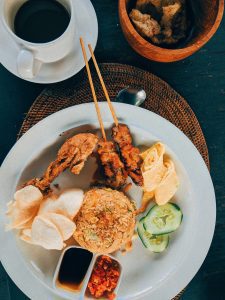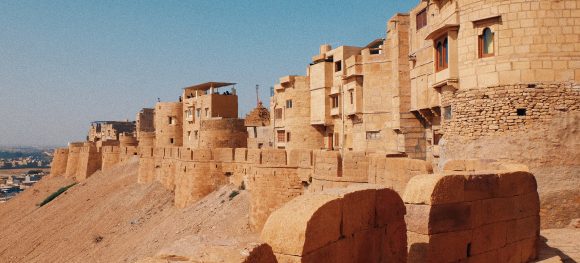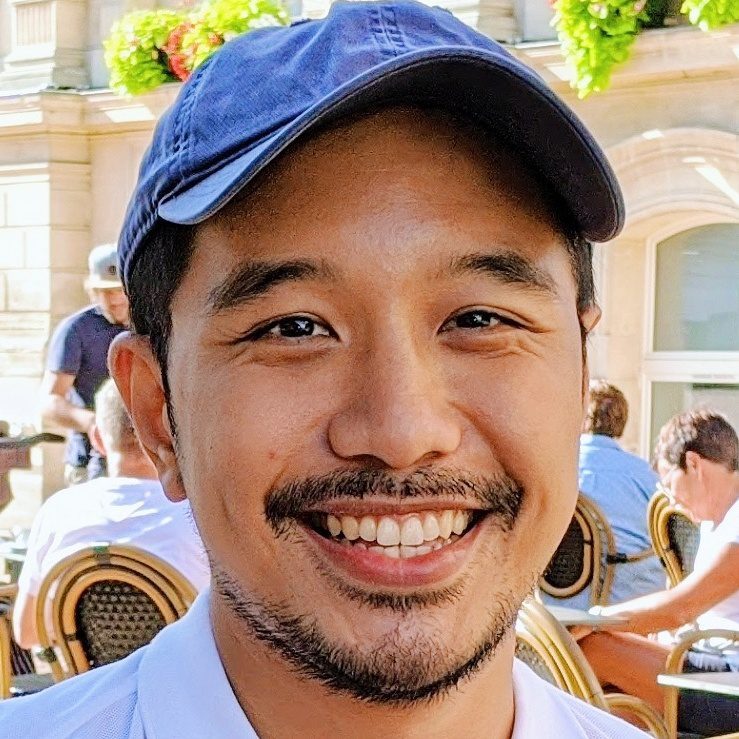
June 9, 2019. We had originally planned on a whole day excursion to Nusa Penida, an island east of Bali known for its picturesque beaches and cliffs. However, considering that we were still exhausted and that a trip to the offshore island would take an entire day, we decided to change our plan and opted for a more relaxed day at a beach club near our hotel in Seminyak and explore some of the nearer towns.
That morning, we skipped hotel breakfast and asked Joe to bring us to a place where locals love to eat. He decided to bring us to another “babi” (pork) place called Pak Malen where they serve babi guling (see photos below). True enough, even though we were there a good half hour before opening time, a horde of customers and Grab delivery riders were already waiting. Apparently, in Muslim-dominant Indonesia, Bali is one of those places with a big fascination with otherwise haram (forbidden food) pork.
How was it? The dish was hella spicy for me and it turned my face into a giant waterfall of sweat. It’s like lechon kawali, Bali-style, but make it tongue- burning with chilis and spicy sidings. Halfway into trying to finish my food, my tongue had numbed I couldn’t really decipher the other flavors anymore. I would, later on, learn upon further inquiry that it was possible to get a non-spicy version of the dish.



After breakfast, we decided to go to Canggu, Bali’s hipster and laidback surf town north of Seminyak.

June 8, 2019. My friends and I only had four whole days to spend in Bali, so we decided to do just some of the “essential” destinations for first-time vacationers on the island. Two ticks in the checklist were sites in Ubud, a town in central Bali, regarded as the island’s cultural heartland and a temple in Manukaya right next to Ubud.
I had previously followed the referral of another friend who recommended a local driver to take us around our desired destinations for a flat fee per day. His name was Joe. It is essential to have someone drive you around Bali since there doesn’t appear to be any mode of public transportation convenient enough for tourists to go about the island on their own. The only other way is to rent scooters or motorbikes. None of us knew how, so that was not an option. I coordinated with Joe days before the trip and agreed on an itinerary.
From our hotel in Seminyak, Joe drove us an hour to the interior of the island along rural sceneries typical of tropical Southeast Asia–meaning, nothing too unfamiliar to Filipinos like us–rolling hills, rice paddies, terraces and vegetable gardens flanked by towering coconut trees and clusters of village homes.

But first, breakfast! Joe drove us to an obviously tourist restaurant called Bebek Joni. It was your typical tourist trap, but hey, whatever–we were hungry. We were there for breakfast, so the chartered tourist groups have not arrived for lunch, and we were the only guests around. Set in the middle of rice paddies and duck ponds, it had a very peaceful and provincial ambiance. I had a combination plate of satay, fried chicken, and some morsels of scrambled egg with my nasi. It came with Bali coffee and some rice crackers.

After breakfast, we drove a few more kilometers to Tegalalang, still in Ubud, for its famed rice terraces. We dropped by the Instagram-essential Alas Harum agro-tourism site. It was a privately-owned resort with perfectly-manicured rice terraces running along a small valley with a freshwater stream in the middle. The basic entrance ticket allows you to roam around the garden for as long as you please, but for some additional rupiahs, you can avail of their other activities such as luwak coffee tasting, the sky bike, and the Instagram-famous swing. It is what it is–a beautiful garden with plenty of spots to take great vacation photos.

At the beginning of the year, one of my close friends in law school asked if I had been to Bali, Indonesia and if I, along with our other friends, wanted to tag along his trip. I had just spent two weeks in Sri Lanka and the UAE at that time, so I was not precisely raring for another journey. Bali is neither, likewise, on my list of preferred destinations, as I felt back then that it was too mainstream a vacation. I am a snooty traveler like that. I would have instead saved up for more challenging or unpopular destinations. The only factor that enticed me was that it would be a trip with my friends.





February 20, 2018. Jaisalmer Fort is a fortified city built on top of a desert outcrop in the middle of the vast Thar in northern India. Established in 1156 by the Rajput ruler Jaisal (hence, the name ‘Jaisalmer’), it continues to be inhabited by residents, which makes it one of the world’s remaining “living forts”.

Walking along the alleys in Jaisalmer Fort, I notice the color of almost all buildings is almost the same as the sands and stones of the desert. So when you look at the town from afar it literally looks like the town rose from the ground up. Jaisalmer is sometimes referred to as the golden city. Not difficult to see why, seen from the fort.

February 19, 2018. The palaces inside Amer Fort are composed of four different complexes with their own enclosures. The first one features a large plaza where troops celebrated their victories on their return from battle by parades in front of the royal family.

Once you enter the first palace, you’d be greeted by a beautiful garden courtyard magnificently manicured to reflect perfect geometries.



